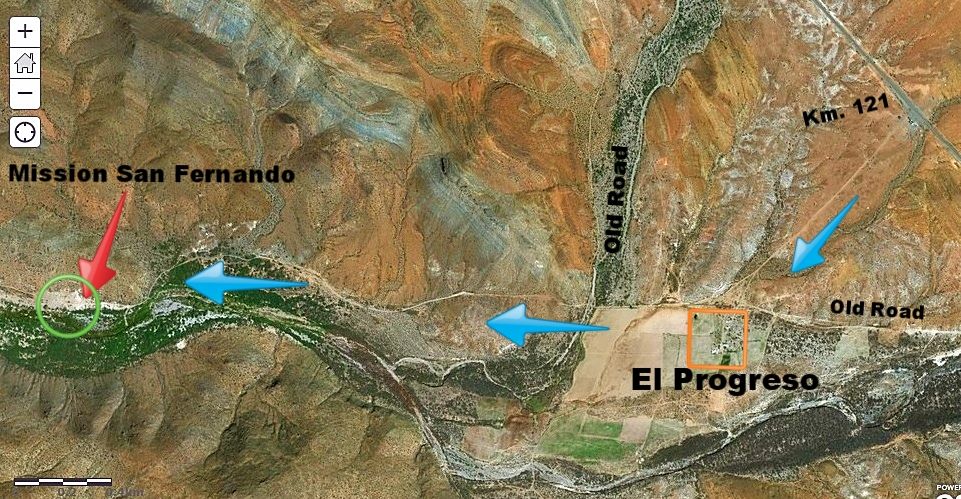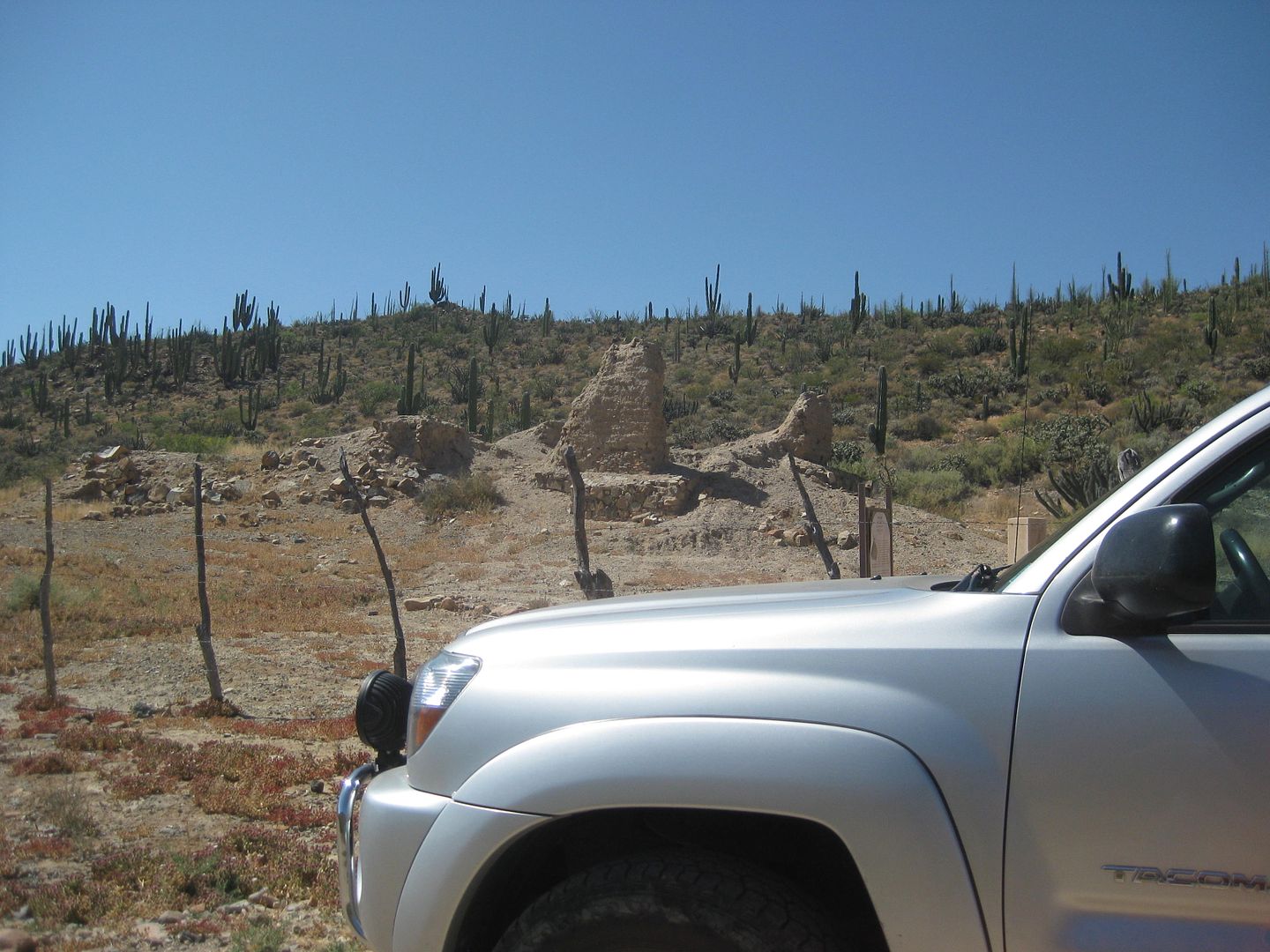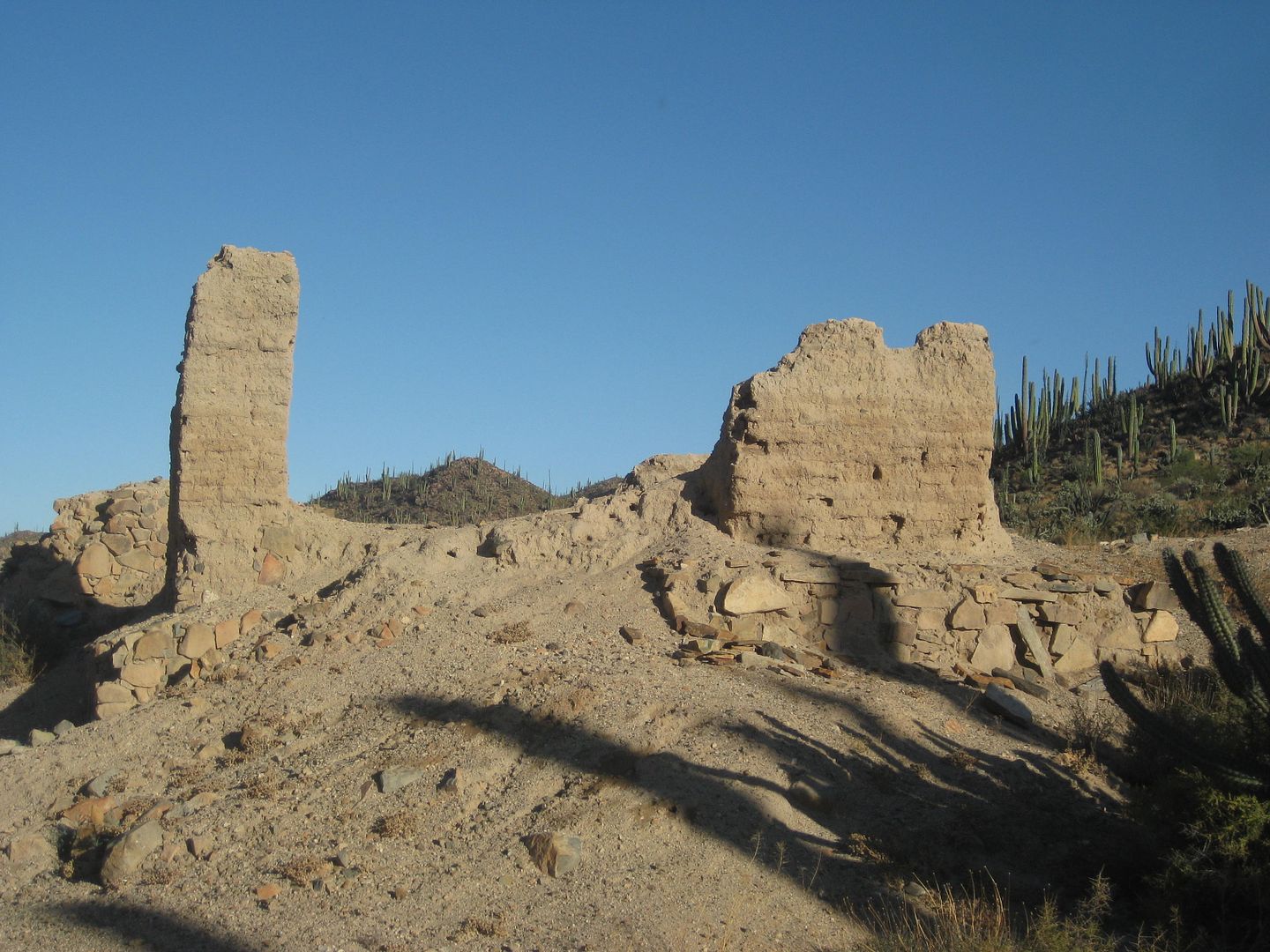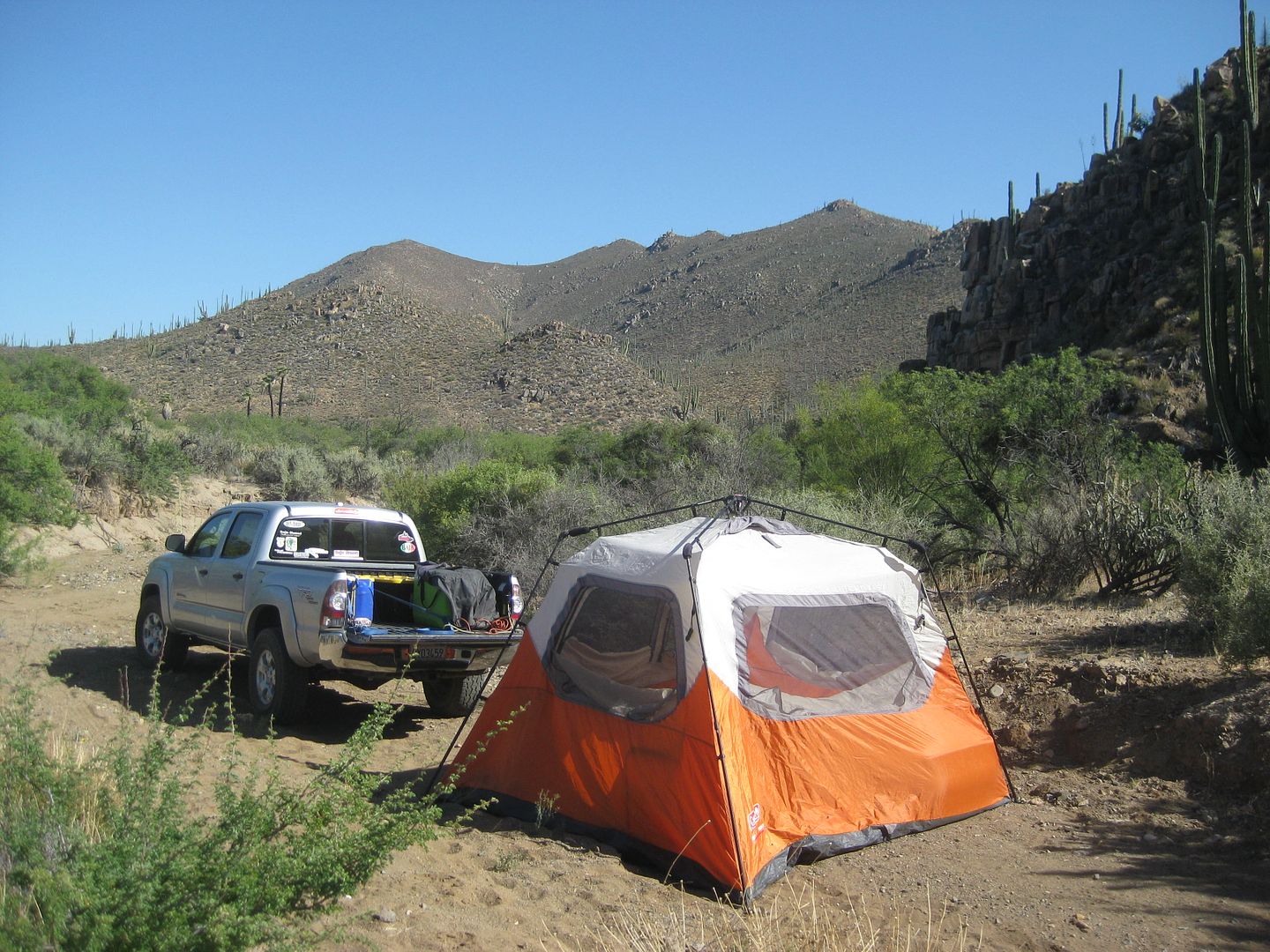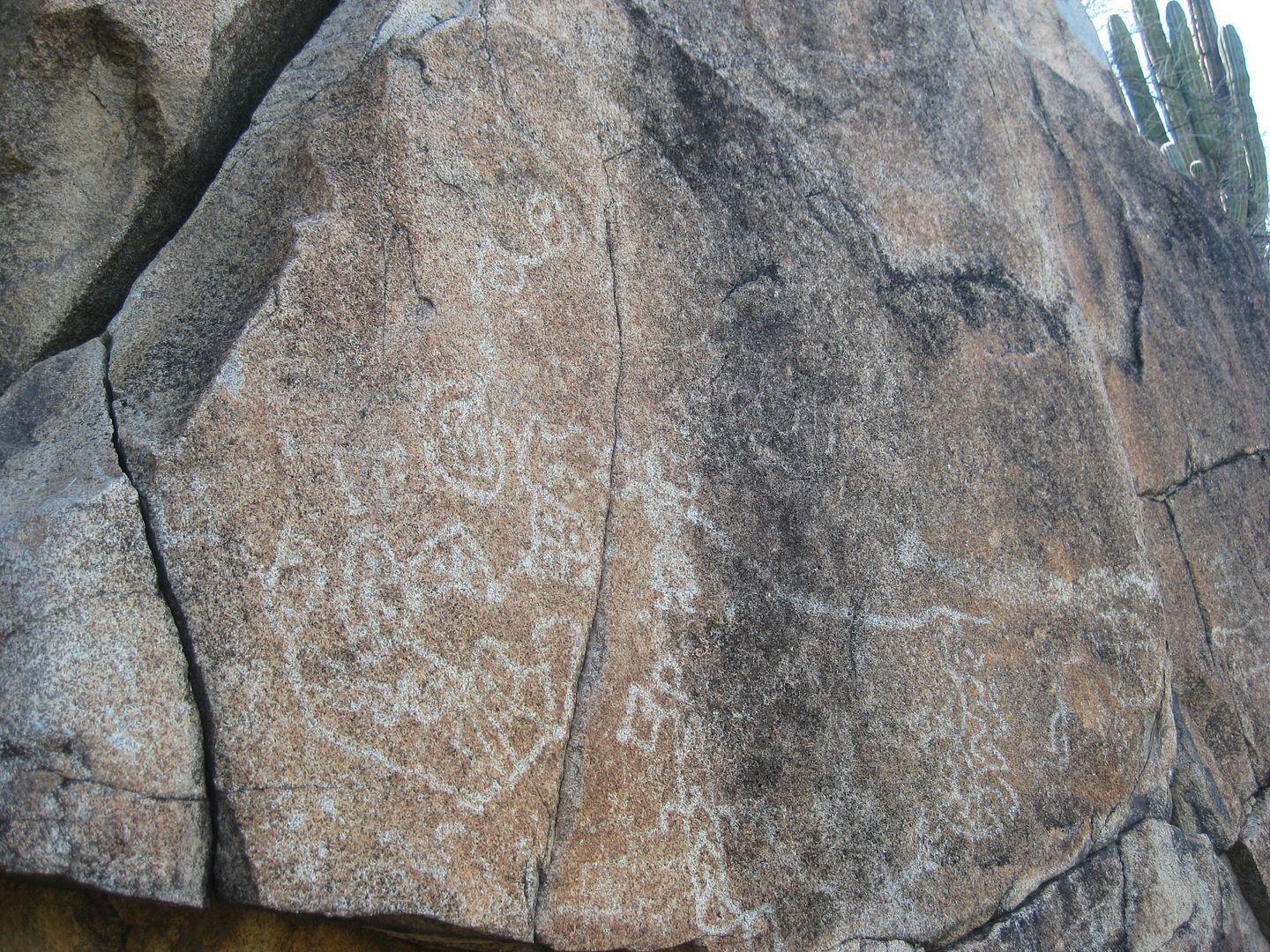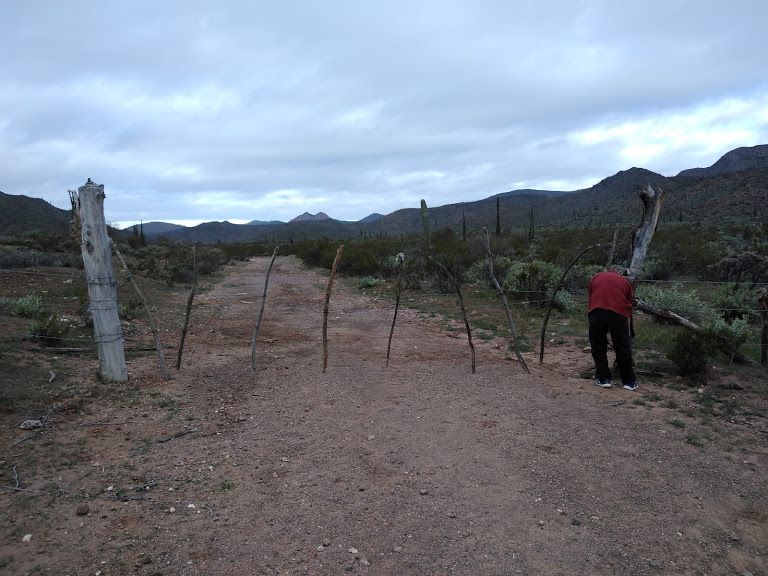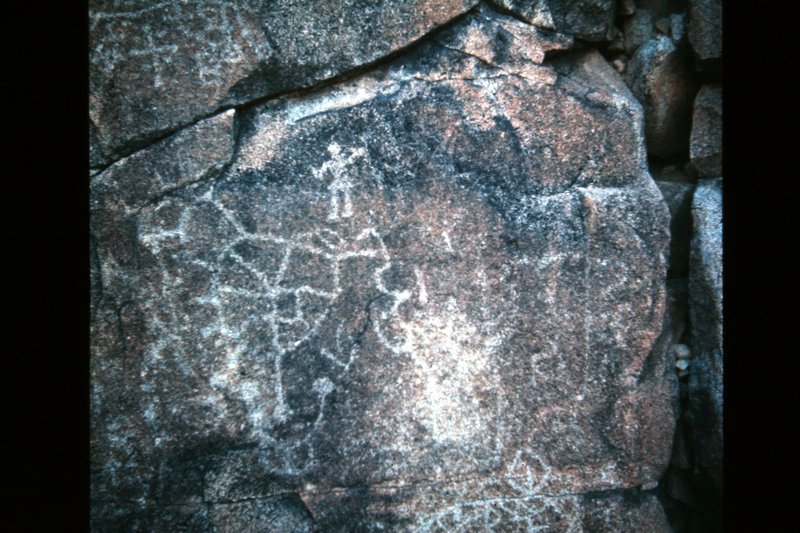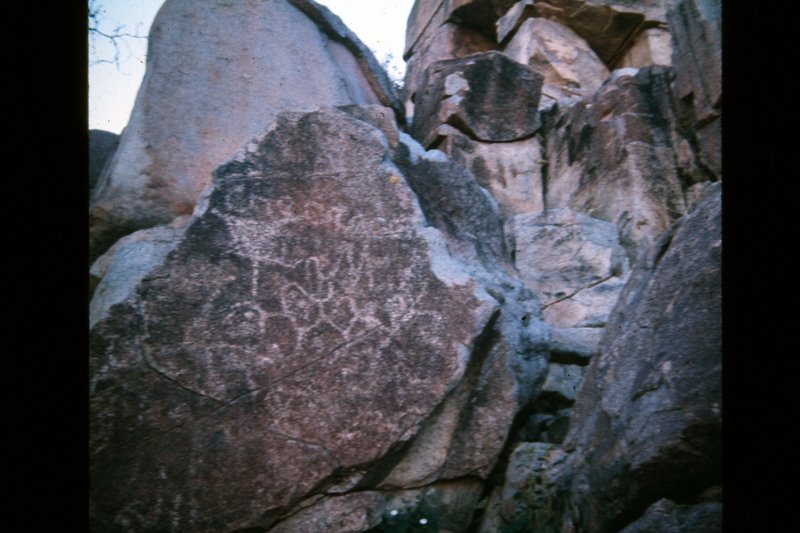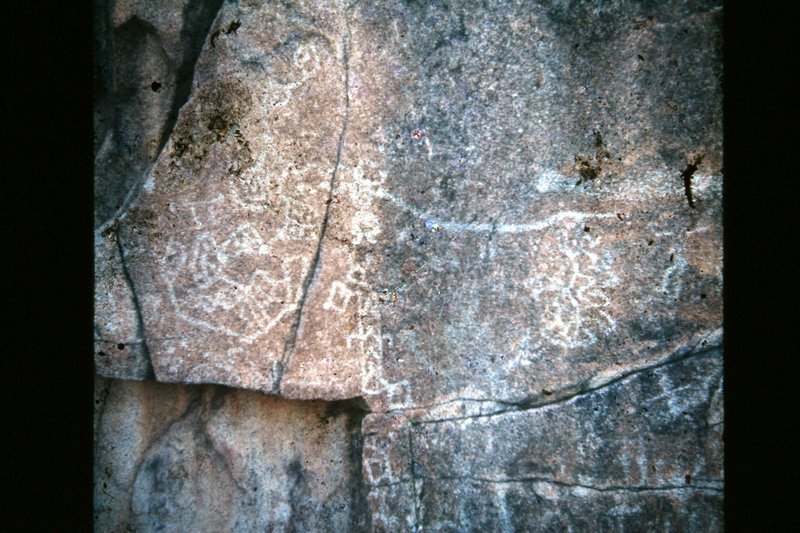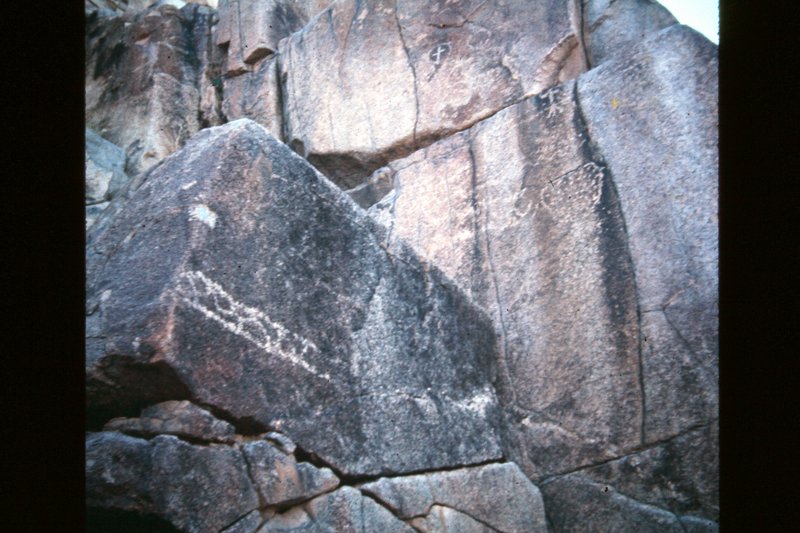| So couple weeks ago, I head into Mision San Fernando to camp for the night, and as I'm driving the dirt road toward the mission, I observe a largeish
rancho, fenced off, and a fence extending all along the road (which I believe is) heading to the mission. I encounter a fork in the road, wide and
sandy to the right, and branching again; I keep left, shortly thereafter coming to a gate across the road. It's high and assumedly heavy - no signs.
No previous signs pointing the direction to the mission. Since I wasn't sure if it was one of those cattle gates and OK to proceed, and not sure if I
could wrangle the heavy gate back into place, I turned around. Very disappointing that there was no clear access road. I'd appreciate an update as
to directions if anyone is inclined to pass by in the future. |













